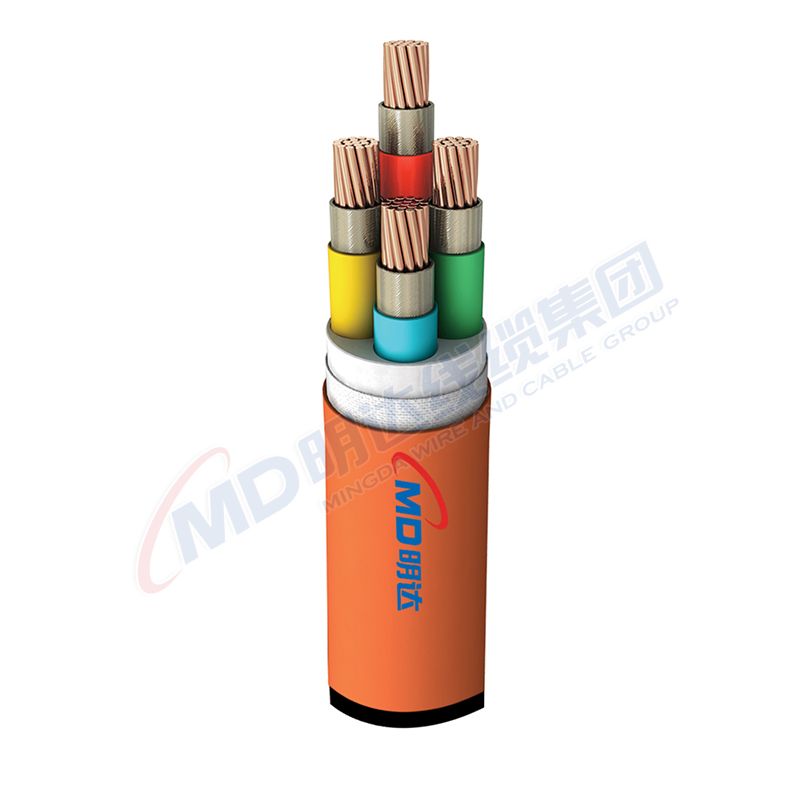12 月 . 03, 2024 15:58 Back to list
Three Way Ball Valve Applications and Benefits in Fluid Control Systems
Understanding 3-Way Ball Valves Function, Design, and Applications
In the realm of fluid control, 3-way ball valves play a pivotal role in regulating the flow of liquids and gases in various industrial sectors. These versatile valves are designed to provide precise flow control and are integral components in many piping systems. This article explores the function, design, and applications of 3-way ball valves.
What is a 3-Way Ball Valve?
A 3-way ball valve is a type of valve that uses a spherical disc (the ball) to control the flow of fluid through three ports. Unlike the more common 2-way valves, which only allow fluid to flow in one of two directions, the 3-way ball valve offers greater flexibility by enabling the diversion or mixing of fluid streams. The valve can be configured in different ways, allowing for either diversion (routing fluid from one inlet to another) or mixing (combining fluids from two inlets into one outlet).
Structure and Design
The core of a 3-way ball valve is the ball, which features a central hole that determines the flow path. The valve typically has three ports one inlet and two outlets (or vice versa, depending on the design). The ball can be rotated 90 degrees to open or close the passage, allowing for quick and efficient flow control.
3-way ball valves are available in various designs, such as T-port and L-port configurations. In a T-port design, all three ports are connected to each other, facilitating mixing and diverting actions, whereas in an L-port design, only two ports are connected, allowing for straight-through flow or diversion.
Materials used in making these valves often include stainless steel, brass, and various plastics, providing resistance to corrosion and wear under different operating conditions.
Functionality
The primary function of a 3-way ball valve is to control the flow of fluids. When the ball is aligned with one port, fluid flows freely through that path; when it is turned perpendicular to that port, the flow is blocked. This operation can swiftly redirect or mix fluid streams without significant pressure drops, making it a valuable asset in numerous applications.
3 way ball valve

3-way ball valves are actuated either manually with a lever or automatically using electric or pneumatic actuators. The method of actuation depends on the specific needs of the system, with automatic actuation providing more consistent and precise control.
Applications
3-way ball valves have a wide range of industrial applications due to their versatility and reliability. Here are some key areas where they are commonly used
1. Chemical Processing In chemical plants, these valves are employed to mix different chemicals or divert flows to various reaction vessels, helping maintain optimal processing conditions.
2. Water Treatment They are integral in water and wastewater treatment systems, allowing for the diversion of flow streams and the mixing of treatment chemicals.
3. HVAC Systems In heating, ventilation, and air conditioning (HVAC) systems, 3-way ball valves are used to regulate the flow of hot or cold water, improving energy efficiency and comfort.
4. Oil and Gas The oil and gas industry utilizes 3-way valves for controlling the flow of crude oil and gas at various stages in drilling and refining processes.
5. Food and Beverage In food processing, these valves ensure that ingredients are mixed correctly while maintaining cleanliness and hygiene standards.
Conclusion
3-way ball valves are essential in modern fluid control systems, offering flexibility in directing and mixing flows. Their robust design, combined with various actuation methods, makes them suitable for diverse applications across industries. Whether facilitating chemical reactions, enhancing HVAC efficiency, or supporting food processing, the importance of 3-way ball valves cannot be overstated. As technology advances, so too does the capability and applications of these remarkably efficient devices.
Share
-
Understanding the Differences Between Wafer Type Butterfly Valve and Lugged Butterfly ValveNewsOct.25,2024
-
The Efficiency of Wafer Type Butterfly Valve and Lugged Butterfly ValveNewsOct.25,2024
-
The Ultimate Guide to Industrial Swing Check Valve: Performance, Installation, and MaintenanceNewsOct.25,2024
-
Superior Performance with Industrial Swing Check Valve: The Essential Valve for Any SystemNewsOct.25,2024
-
Industrial Swing Check Valve: The Ideal Solution for Flow ControlNewsOct.25,2024
-
You Need to Know About Industrial Swing Check Valve: Functionality, Scope, and PerformanceNewsOct.25,2024